 When a gunman menaced a small Seattle college, a student pepper-sprayed the attacker, ending his rampage. Police say his actions probably saved lives.
When a gunman menaced a small Seattle college, a student pepper-sprayed the attacker, ending his rampage. Police say his actions probably saved lives.
When an armed couple who had already killed two police officers entered a Las Vegas Wal-Mart, a shopper with a concealed weapon tried to confront them and got killed. Police say he died “trying to protect others.”
And when an Oregon high school student fatally shot a classmate and wounded a teacher, the teacher made his way to an office and alerted officials. Police say he most likely prevented additional deaths.
These scenarios, which all unfolded over the past week, demonstrate the risky and potentially life-saving decisions faced by anyone in the path of an active shooter. At a time when shootings seem to happen almost daily, The Associated Press asked experts: How should Americans react if someone opens fire at work, at school or at a theater or store?
Q: WHAT SHOULD PEOPLE DO IN AN ACTIVE-SHOOTER SITUATION?
A: Bo Mitchell, president of 911 Consulting, tells his clients that their first goal is to run away. “If you see this happening far enough away from you that you don’t have to be part of it, we want you to run,” Mitchell said. If that’s impossible, he advises hiding in a room and locking the door. “Find a place that you can close up and barricade so a guy with a gun can’t come after you.”
Fighting back is a last resort. “You want to act with speed and total surprise, and you want to get a fire extinguisher or a pair of scissors or a chair and go after that guy because you have no other choice.”
The Department of Homeland Security also suggests fighting back, but only as a final option. “Act with aggression. Improvise weapons. Disarm him. And commit to taking the shooter down, no matter what,” the department advises in an online video.
Q: HAS THAT ADVICE CHANGED IN RECENT YEARS?
A: No, Mitchell says. “The threat defines the response. These kinds of threats have been going on for a century or more, but the number of events is going up and that’s troubling,” he said.
In each of the recent cases, people had to make swift choices about their own safety and protecting others around them.
When the gunman opened fire June 5 at Seattle Pacific University, killing one student and wounding two others, a student building monitor named Jon Meis rushed out of his office, pepper-sprayed the gunman, grabbed the weapon and hid it in his office. The monitor and another student held the gunman down until police arrived.
After the Las Vegas couple shot and killed the officers at a pizza parlor, they went to a nearby Wal-Mart and were confronted by a shopper carrying a concealed weapon. Joseph Wilcox was killed by the wife as he attempted to stop the husband. The husband was later fatally wounded by police, and the wife committed suicide.
A 15-year-old shot and killed a classmate Wednesday at a high school in a suburb of Portland, Oregon, and wounded teacher Todd Rispler, who was able to get to the school office and alert others to the situation. The gunman took his own life.
Q: HOW CAN PEOPLE EXPECT POLICE TO RESPOND?
A: Before the 1999 shooting at Columbine High School, police response to mass shootings was slower and more deliberate. Patrol officers would often wait for a more heavily armed SWAT team to arrive and clear a building. But with active-shooter situations on the rise, authorities have changed their tactics to respond faster.
Now more local officers know how to fan out in teams to quickly eliminate the threat of a gunman, said Thomas Aveni, executive director of the New Hampshire-based Police Policy Studies Council.
Paramedics and firefighters are receiving training, too, “to respond as quickly as possible, rather than wait for additional resources.”
Unlike 20 years ago, school-resource officers are now commonly stationed in high schools and middle schools, with the goal of stopping problems before they become deadly, Aveni said.
Since the Aurora, Colorado, theater shooting in 2012, officers have been carrying “go bags” containing medical supplies such as tourniquets and gauze, so they can also act as paramedics, said John Firman, director of research for the International Chiefs of Police Association.
(AP)

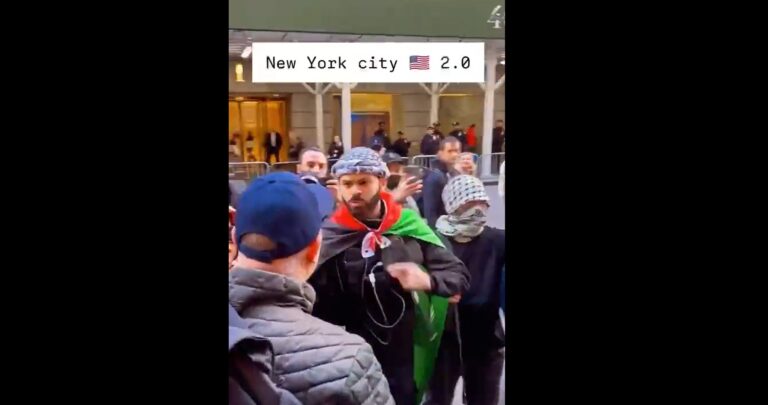
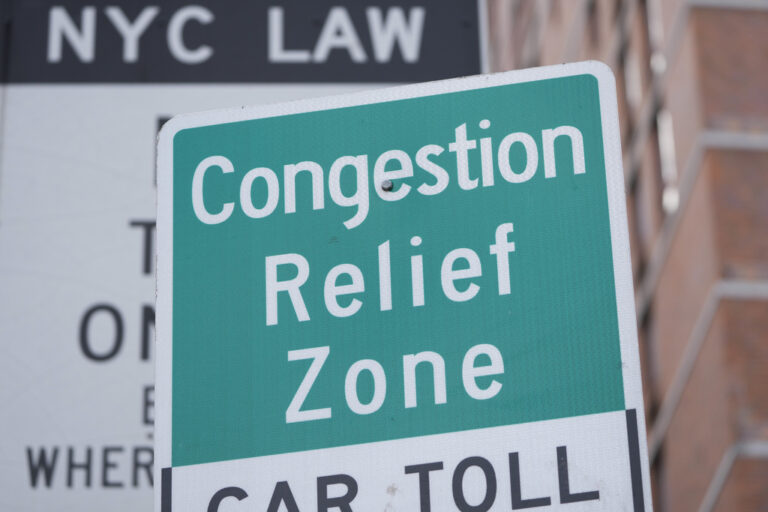
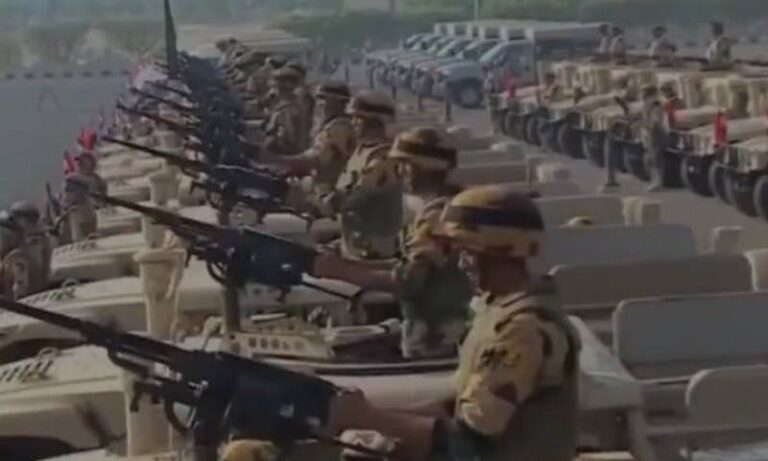





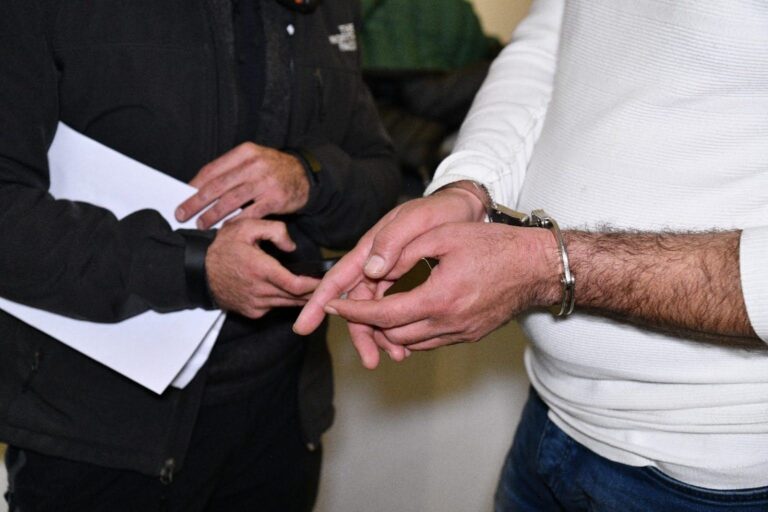
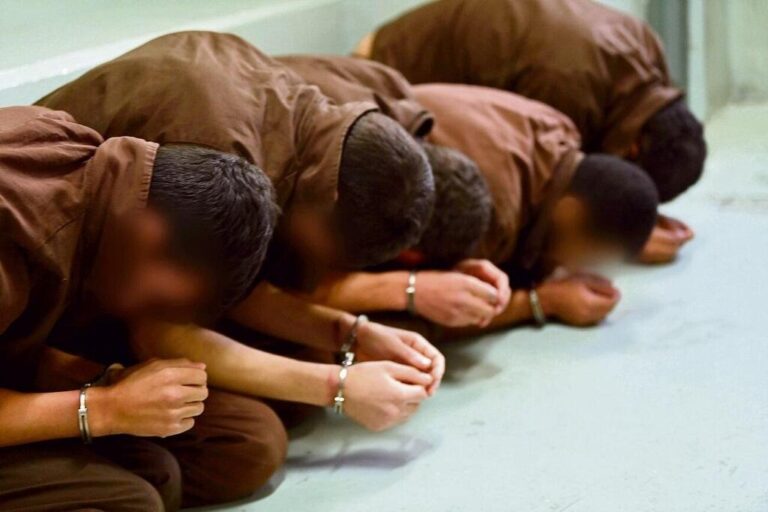
3 Responses
So did the armed civilian in Walmart who tried to shoot the madman but got killed instead do the right thing? Should he have run away instead?
Your best weapon in any situation is your HEAD: You don’t need to be an alpha-male gun-carrying macho guy to run when the time comes, and you certainly shouldn’t be a roll-up-and-surrender coward when the need to fight back arises. One thought from our community’s viewpoint though: Don’t overlook the fact that your escaping may leave other yidden at risk. You may not be metzuveh in every case, but there are few better ways to go to your then fighting for other yidden, even when hopeless (e.g. Rav Techtal hy”d)
Does this apply to other deadly-weapon-wielding guys? (knives, shovels)